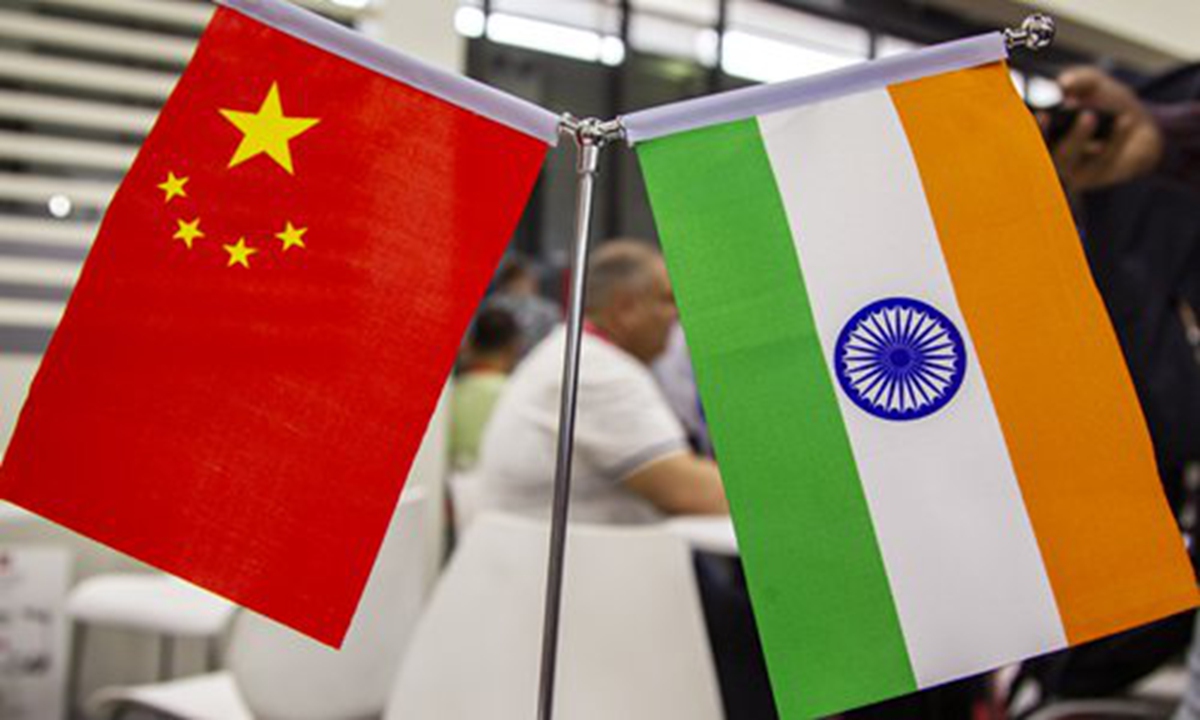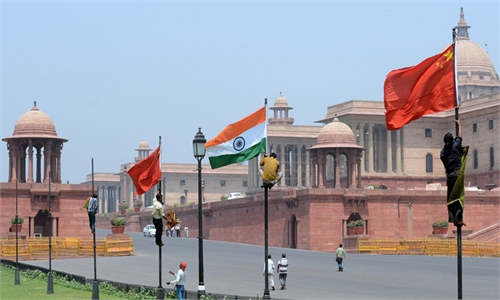
File photo
Some Indian media outlets have recently suggested that India should play the "Tibet card" after deadly clashes erupted at the China-India border, reflecting nothing but a misguided and nonsensical viewpoint.
Perhaps some in India think the Tibet issue could be a trump card to use as leverage when it comes to the tensions between China and India, but such an idea is simply delusional.
The Tibet issue falls under China's internal affairs, involves the country's sovereignty and territorial integrity and is a bottom-line issue that should not be touched.
In fact, economic growth in Southwest China's Tibet Autonomous Region has been maintained at a relatively fast pace in recent years, laying a sound foundation for the stable social environment in the region.
The so-called "Tibet card" exists only in the imaginations of some Indians and is of no practical significance in reality.
Official statistics show Tibet's GDP grew 8.1 percent year-on-year to reach 169.78 billion yuan ($24.15 billion) in 2019, with per capita disposable income for the region's residents up 12.8 percent to 19,501 yuan. In terms of foreign trade, the Tibet region had trade relations with 71 countries and regions in 2019, and its trade with Nepal jumped 26.7 percent to 3.17 billion yuan.
Some anti-China forces are tireless in exploiting the Tibet issue to launch political provocations against the "One China" policy, but facts speak louder than words. The faster Tibet's economy grows, the more stable its society becomes. Its economic growth is also conducive to the development of China-India economic and trade relations.
We hope the Indian government will also make more efforts to develop the economies in the Indian states bordering the Tibet region of China. At present, most of these regions are economically unsound due to geographical and climate issues. If India can stimulate economic vitality in these regions by improving infrastructure, encouraging investment and increasing government support, then the states may form closer economic belts with the Tibet region.
If that possibility becomes a reality, then the economies on both sides of the China-India border will see great improvements. Local economic prosperity and trade exchanges would also be conducive to ensuring peace and stability in the border region, benefiting both countries and bilateral relations accordingly.



